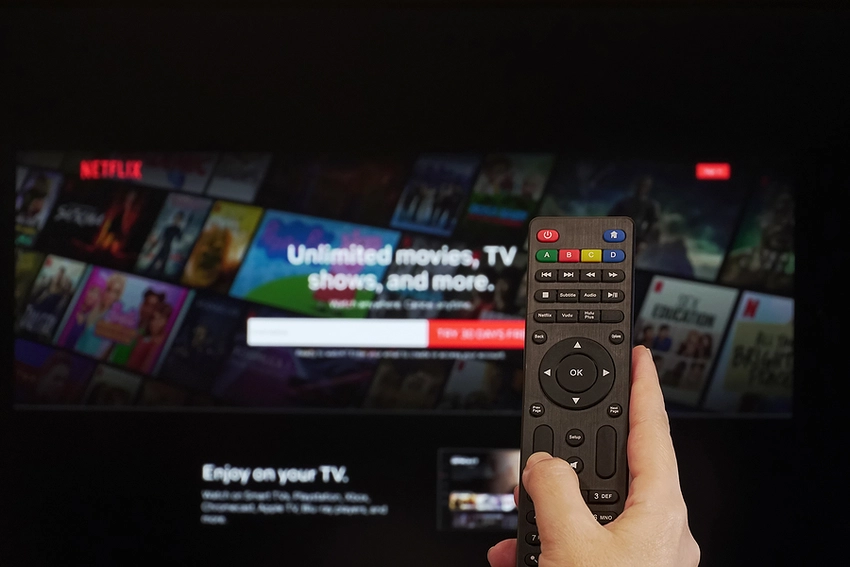The landscape of television consumption is undergoing a significant transformation, with traditional cable TV facing fierce competition from streaming services. As viewers shift their habits, understanding the implications of this shift is crucial for both consumers and industry stakeholders. Let’s explore the differences between cable and streaming, their advantages and disadvantages, and what the future may hold for TV consumption.
The Rise of Streaming Services
In recent years, streaming platforms like Netflix, Hulu, Amazon Prime Video, Disney+, and others have gained immense popularity. Factors contributing to this trend include:
- On-Demand Access:
- Streaming services allow users to watch content whenever they want, as opposed to adhering to scheduled programming on cable.
- Original Content:
- Many streaming platforms invest heavily in original content, offering unique shows and movies that often attract large audiences.
- Flexibility and Mobility:
- Streaming services can be accessed on various devices—smart TVs, tablets, smartphones, and laptops—providing greater flexibility for viewers.
- Cost-Effectiveness:
- Generally, streaming subscriptions are less expensive than traditional cable packages, appealing to budget-conscious consumers.
The Continued Relevance of Cable
Despite the rise of streaming, cable TV still has its advantages, particularly for certain demographics and viewing habits:
- Live Programming:
- Cable excels in delivering live content, such as sports, news, and events, which can be harder to find on streaming platforms.
- Channel Variety:
- Cable packages often provide a vast array of channels, including niche content that may not be available on streaming services.
- Bundling Options:
- Many cable providers offer bundled services that include internet and phone services, potentially making them more appealing for users looking for comprehensive solutions.
- Reliability:
- Cable TV generally offers a stable connection without the buffering issues that can sometimes occur with streaming, especially during peak usage times.
Challenges Facing Cable TV
- Cord-Cutting:
- A growing number of consumers are “cutting the cord,” opting to cancel their cable subscriptions in favor of streaming services. This trend has led to declining cable subscriber numbers.
- Rising Costs:
- Cable prices have been steadily increasing, leading consumers to seek more affordable alternatives. Hidden fees and complicated contracts also contribute to dissatisfaction.
- Changing Viewer Habits:
- Younger audiences, in particular, prefer on-demand content and may never subscribe to cable, leading to a generational shift in consumption.
The Hybrid Future
As the media landscape evolves, a hybrid approach may emerge as the most viable option for consumers:
- Combination of Services:
- Many viewers are opting for a mix of cable and streaming services to enjoy the best of both worlds. This allows access to live events while also enjoying on-demand content.
- Streaming Live TV:
- Services like YouTube TV, Hulu + Live TV, and Sling TV offer live television options similar to cable but with the flexibility of streaming, appealing to cord-cutters who still want live content.
- Integration of Platforms:
- Future developments may see traditional cable providers adapting by integrating streaming services into their offerings, allowing viewers to access both through a single platform.
Conclusion
The battle between cable and streaming is reshaping how we consume television content. While cable TV continues to offer advantages, especially for live programming, the convenience, flexibility, and cost-effectiveness of streaming services are attracting a growing audience. As viewer preferences evolve, the future of TV consumption is likely to be a blend of both worlds, providing users with the best options to suit their viewing habits. Understanding these dynamics is essential for consumers looking to make informed choices in a rapidly changing media landscape.



